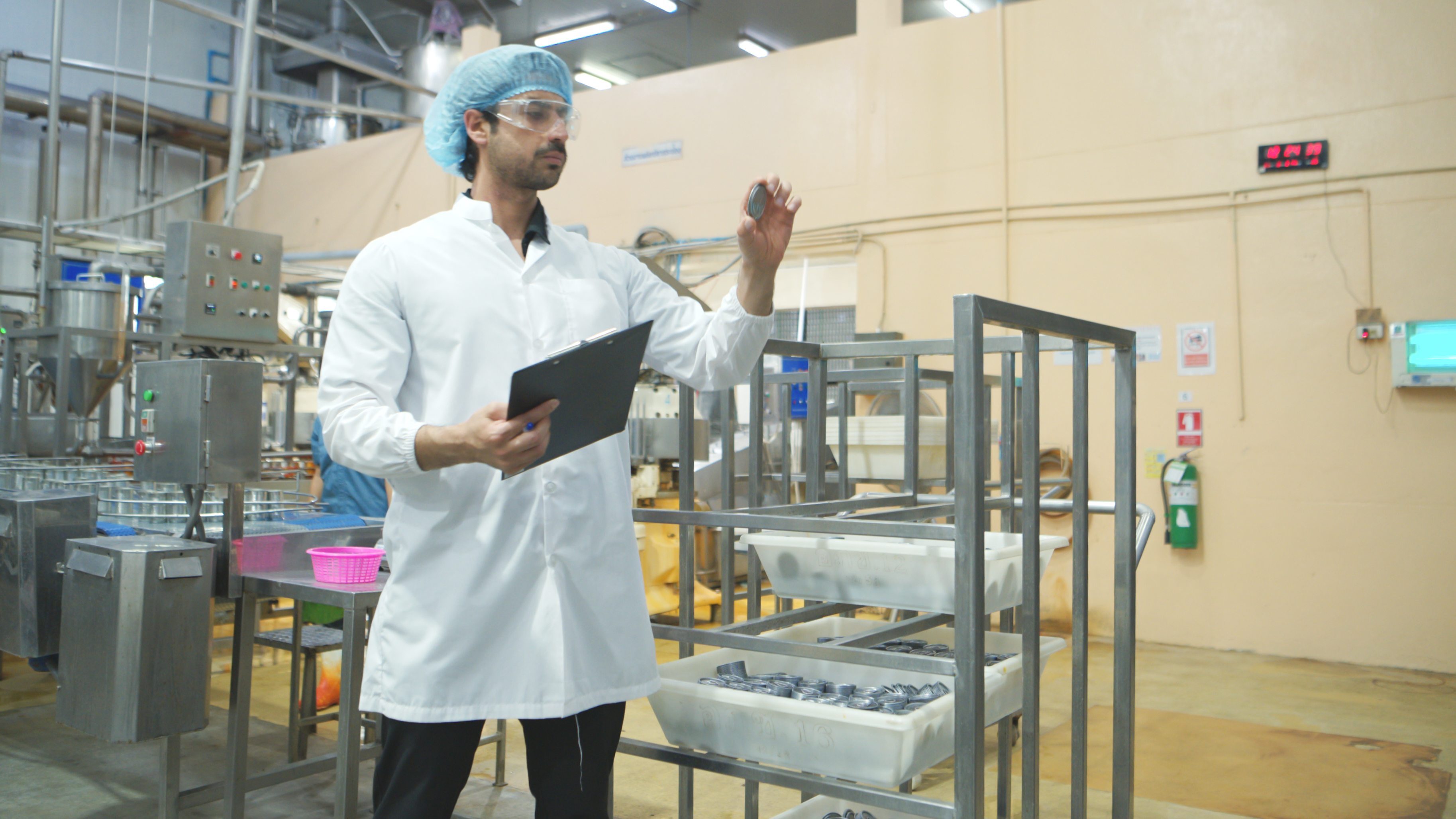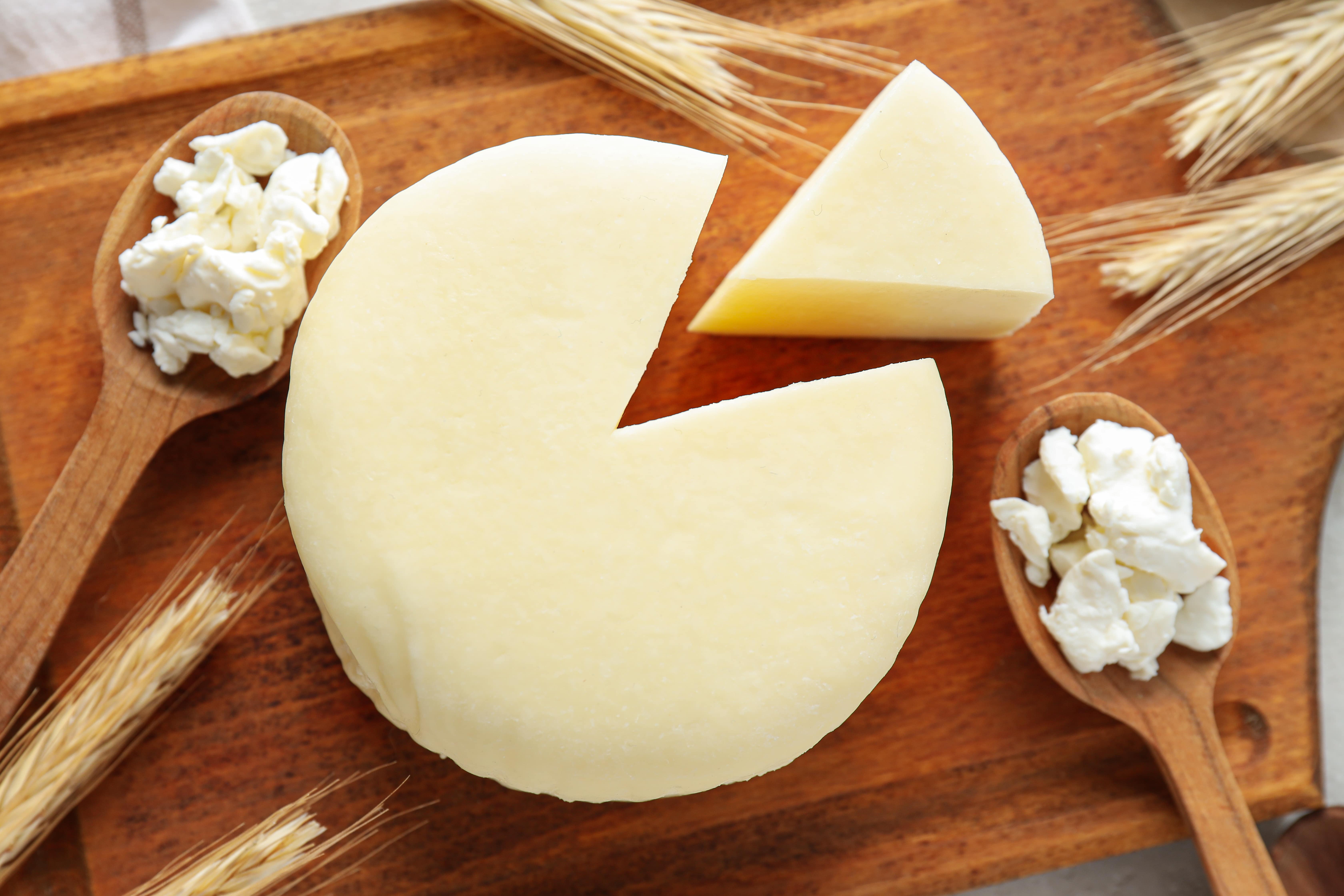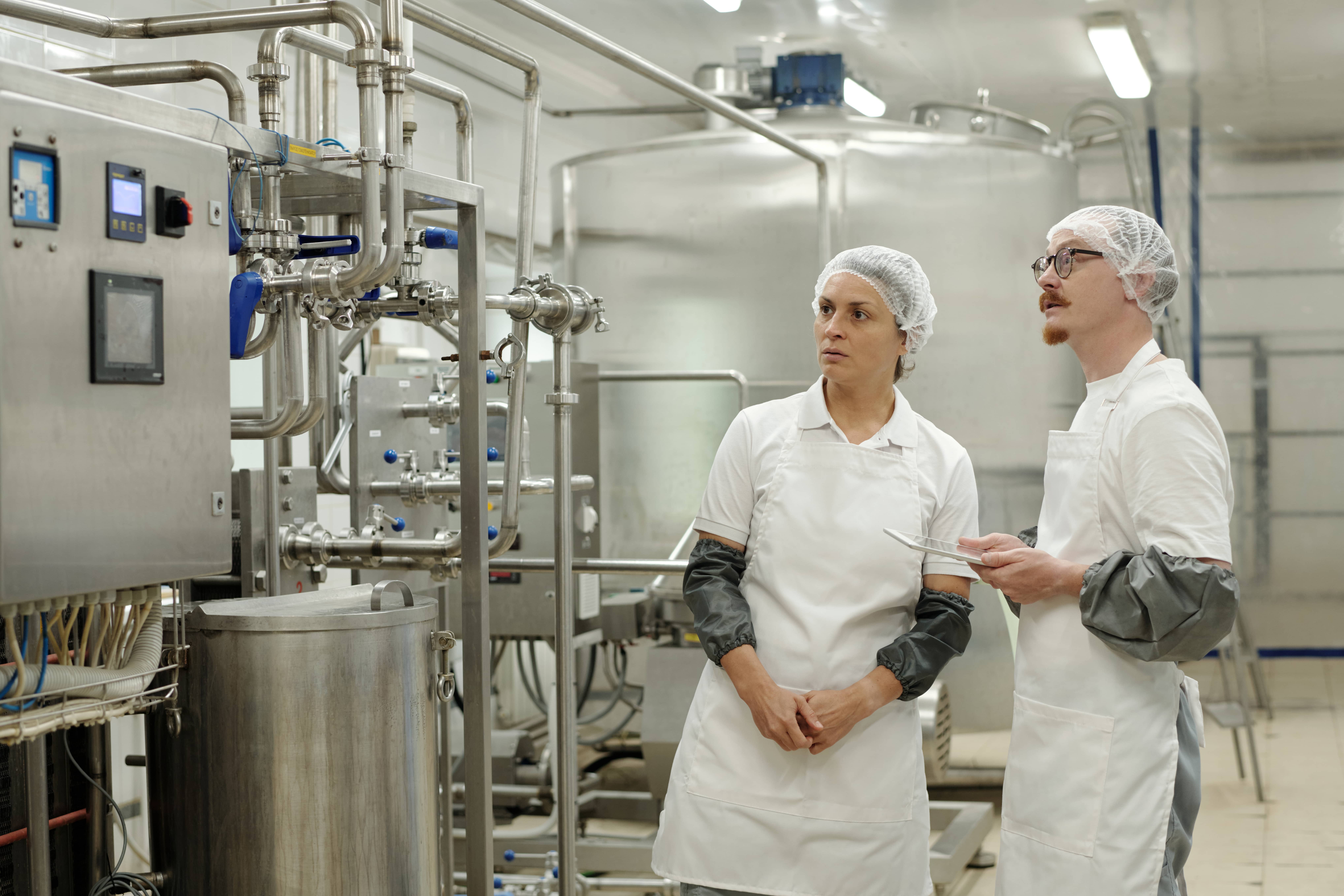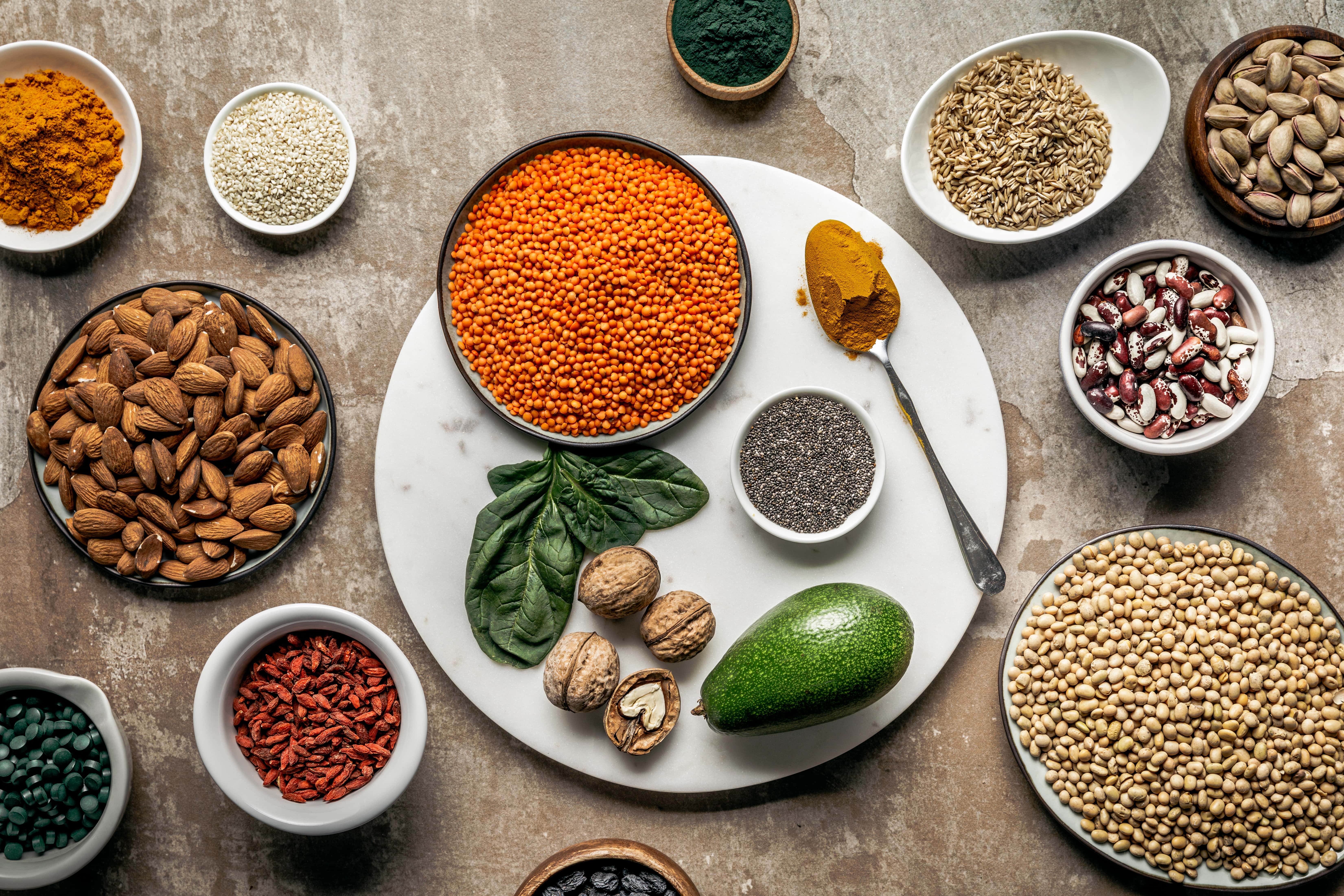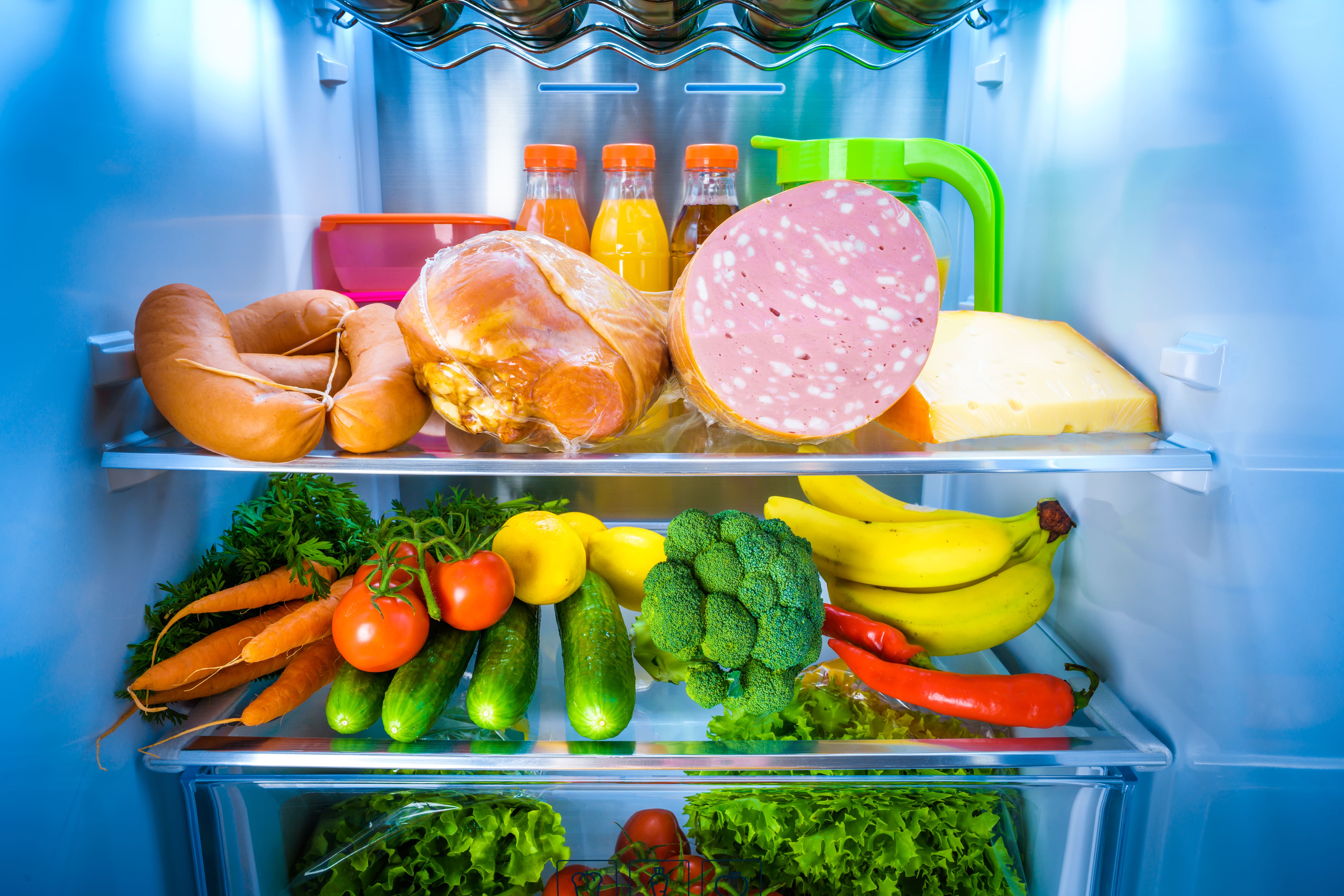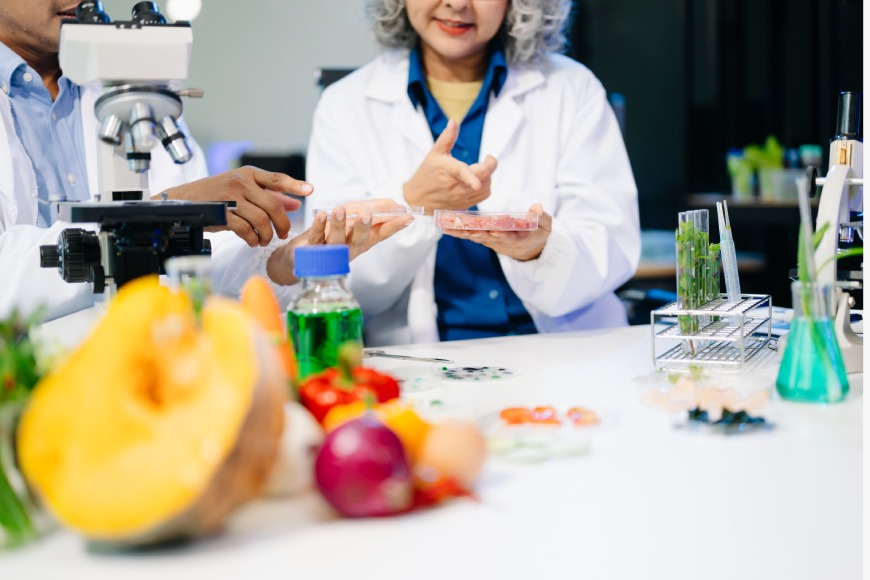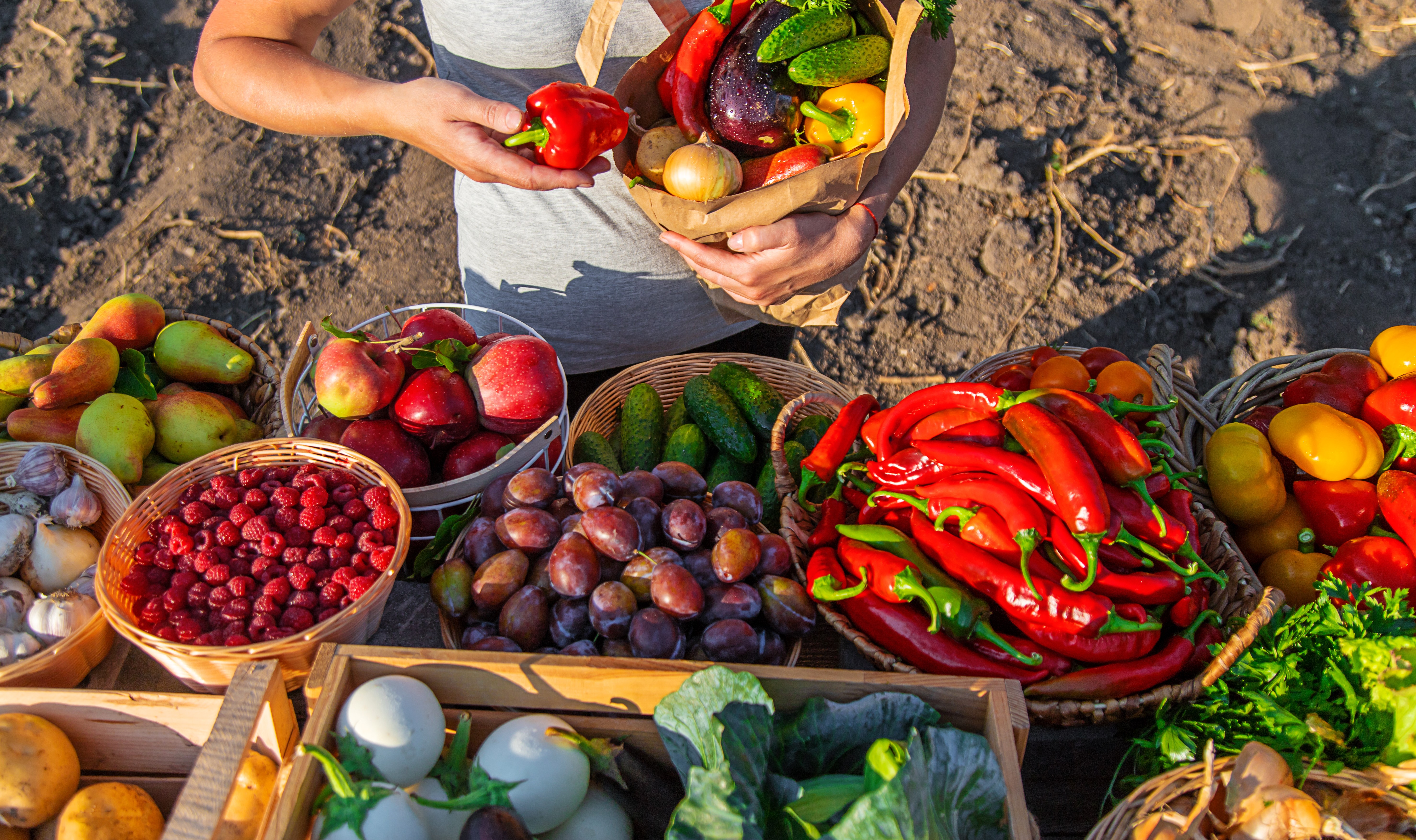Last Updated on April 11, 2025 by Admin
Table of Content
- Introduction
- What Do You Mean by Food Traceability and Why Is It Important?
- Types of Traceability Requirements
- Best Practices for Traceability in the Food Supply Chain
- Challenges in Implementing Food Traceability
- Conclusion
Quick Summary
Food traceability is vital to track and monitor food items from source to consumption. Understanding why is traceability important in food aids businesses in mitigating risks and optimising operations. However, challenges arise in adjusting established processes, extensive training, managing conflicting interests, and balancing traceability costs. FICSI aids in navigating these complexities with specialised courses.
Introduction
The main goal of traceability is to help in keeping track of the food within the supply chain. It helps in supporting accurate recall or withdrawal of unsafe food, whenever it is needed. The more information you get to keep, the quicker and easier it will be to identify the affected food, mitigate the risks to consumers and also save money and time.
It is mandatory to have traceability information for business customers and suppliers. Retailers, along with the caterers, are not needed to keep the traceability information where they will be able to sell to the final consumer. But, when they supply the food businesses, all the traceability needs must get adhered to.
What do you mean by Food Traceability and Why is it Important?
Traceability is currently becoming a major part of the manufacturing procedure for companies in diversified industries. While some believe that it applies to products which are related to recalls, traceability is a significant part of every manufacturer’s procedures.
Depending on the significant cost, productivity advantages it offers and resources, it is not that hard to see why traceability is gaining importance. There you have some major importance down the line.
Efficient Recall Management
Traceability is a quick, less costly and efficient product recall.
The importance of food supply chain is emphasised by food traceability, which plays a pivotal role in efficient recall management. When issues arise, traceability in the food industry allows for swift identification of affected products, minimising consumer risks. Examples can be seen when contaminated batches are quickly removed from shelves, saving health and brand reputation. Modern food traceability examples include QR codes on packaging.
Enhanced Quality Control through Traceability Systems
With higher-level control, traceability will help with granular quality control. Food Traceability Systems provide an added layer of quality control. By monitoring every step from source to sale, these systems highlight inconsistencies and deviations, ensuring that products meet set standards. It is why traceability is crucial for maintaining high-quality standards in food production.
Production Optimisation through Traceability
With the help of traceability systems implemented in full, firms can optimize the production process to enable efficiency and reduce any form of resource wastage. The traceability procedure in the food industry aids in production optimisation. Providing insights into supply chain operations allows manufacturers to streamline processes, reduce waste, and enhance productivity. It ensures that resources are used efficiently, highlighting why traceability is essential in food production.
Food Safety Assurance
Safety is paramount in the food industry. Food traceability systems guarantee this by providing a transparent view of each product’s journey. If any safety concerns arise, the traceability in the food supply chain ensures that they can be quickly addressed, thereby ensuring consumers receive fresh and safe products.
Regulatory Compliance
Complying with regulations is vital for any food business. Traceability in the food industry simplifies this process, providing the documentation and records that regulatory bodies require. Companies can effortlessly adhere to standards through practical Food Traceability Systems, ensuring they remain compliant while bolstering consumer trust.
Types of Traceability Requirements
The evolving consumer demands, increasing global trade, and stringent regulatory requirements have placed food traceability at the forefront of food safety and quality assurance. Understanding the various types of traceability requirements can help stakeholders in the food industry maintain quality, ensure consumer safety, and remain compliant with global standards.
-
One-Step Traceability
- Overview: This is the most basic form of traceability, focusing on immediate suppliers and buyers.
- Application: Mostly used in simpler supply chains where there are fewer touchpoints.
- Importance: It allows businesses to know where their products came from and where they were sent, aiding in recall management and minimal documentation.
-
Internal Traceability
- Overview: Focuses on tracking products within a single organisation or facility.
- Application: Used by manufacturing or processing facilities to track raw materials from the production process to the final product.
- Importance: Internal traceability is critical for identifying bottlenecks, inefficiencies, or sources of contamination within a facility.
-
Chain Traceability
- Overview: A holistic approach that tracks a product from its origin through every touchpoint in the supply chain until it reaches the consumer.
- Application: Useful in complex supply chains, especially those that span multiple countries or involve numerous processing steps.
- Importance: Chain traceability is crucial for comprehensive recall management, ensuring the quality of products, and providing consumers with complete transparency about a product’s journey.
-
End-to-End (E2E) Traceability
- Overview: E2E traceability tracks the product and any related information or processes.
- Application: Often seen in technologically advanced supply chains that use systems like IoT, blockchain, or advanced Food Traceability Systems.
- Importance: It provides stakeholders with a complete picture, including environmental factors, transportation conditions, and other relevant data.
-
Ingredient Traceability
- Overview: Focuses on tracing individual ingredients rather than the final product.
- Application: Crucial for products with multiple ingredients sourced from various suppliers or countries.
- Importance: Helps in ensuring the quality of individual ingredients, managing recalls effectively, and adhering to specific labelling requirements.
-
Batch-Lot Traceability
- Overview: This type tracks products based on specific batches or lots.
- Application: Used in industries where products are produced in batches, like canned goods or beverages.
- Importance: Enables businesses to pinpoint issues to specific batches, making recalls more targeted and efficient.
Regulatory and Compliance Requirements:
There are several regulatory requirements that businesses need to be aware of:
- Country-Specific Regulations: Different regulatory bodies have traceability requirements Depending on the region. For example, the U.S. Food Safety Modernization Act (FSMA) mandates specific traceability requirements to prevent foodborne illnesses.
- Industry Standards: Certain industries or sectors might have their traceability standards. These might be more stringent than general regulations, especially in high-risk sectors.
- Certification Standards: Certifications like organic, non-GMO, or fair-trade might come with their traceability requirements, ensuring the authenticity of the certification.
Best Practices for Traceability in the Food Supply Chain
Food Traceability is always the cornerstone of the increasingly industrialized, complex and global food system. Traceability is widely used by manufacturers and producers to track down items for Food supply chain management issues and for clients. During any event of a recall, Food Traceability is highly critical to protect the health of consumers. Some of the best practices to follow are listed below.
-
External Food Traceability:
- Unique Identification: All traceable items must have a unique identifier to avoid ambiguities in the supply chain.
- Information Sharing: This unique information should be seamlessly shared among all stakeholders, from suppliers to retailers, ensuring transparency and real-time data access.
-
Internal Food Traceability:
- Link Raw and Finished Goods: Establish robust procedures that link the identities of raw materials to finished products.
- Unique Product Identifier: When raw materials merge or are processed, the resulting product should carry its unique identifier to ensure traceability at all production stages.
-
Technological Integration:
- Invest in Advanced Systems: Employ modern Food Traceability Systems like RFID, barcodes, or QR codes, which enable faster and more accurate tracking.
- Cloud-based Solutions: These ensure real-time access to traceability data across different geographic locations and facilitate easier collaboration between stakeholders.
-
Training and Education:
- Regular Workshops: Equip staff with the latest tools and knowledge by conducting regular training sessions.
- Knowledge about Regulations: Ensure the team is well-informed about the latest regulatory requirements for traceability in the food industry.
-
Maintain Detailed Records:
- Documentation: Keep thorough records of each product’s journey, including dates, locations, and other pertinent details.
- Storage: Utilise secure, easily accessible digital storage solutions that allow swift data retrieval when needed.
-
Regular Audits and Assessments:
- Self-auditsRegularly assess internal traceability procedures to identify and rectify any gaps.
- Third-party Reviews Engage external experts to evaluate and validate your traceability protocols, ensuring they meet or exceed industry standards.
Challenges in Implementing Food Traceability
We, at FICSI, are here to share some information on challenges faced while implementing food traceability.
- We will help you to know how to convince the supply chain participants to help modify their well-polished version of working processes.
- There are some challenges involved while training thousands of workers on food traceability.
- You might feel challenges on ways to deal with a greater deal of conflicting interests.
- Challenges are related to unbalanced costs and benefits revolving around food traceability.
- There might be apprehensions related to introducing new technology, especially among those who need to be tech-savvy.
- Ensuring that training is consistent across all levels and locations is crucial to ensure everything runs smoothly in implementation.
- Some might prioritise cost-saving over rigorous traceability practices, leading to conflicts in decision-making.
- Initial investments in advanced traceability systems might be high, leading to concerns about when these investments will start yielding returns.
- The data generated can be massive with traceability, leading to storage and analysis challenges.
- Different stakeholders might use other traceability systems, making it a challenge to integrate and ensure seamless data flow.
- Consistent traceability across the supply chain becomes easier with standardised processes and systems.
However, we at FICSI offer some food traceability course modules to help you understand more about this topic and to find the right result following the same.
Also read: The Role of AI in Revolutionising and Benefiting the Food Industry
Conclusion
Understanding the intricacies of food traceability is paramount in today’s globalised food industry. This vital mechanism helps track and monitor food items from their source to consumption. Businesses that grasp why traceability is essential in food can proactively mitigate risks, optimise operations, and provide superior consumer assurance. However, it’s undeniable that introducing such systems is challenging. Yet, with entities like FICSI offering specialised courses and guidance, navigating these complexities becomes achievable. As the significance of the food supply chain continues to grow, traceability will remain at its heart, ensuring both safety and efficiency in feeding the world.
FAQs:
What are the Benefits of Food Traceability?
Food traceability offers manifold benefits: it ensures food safety by enabling quick identification and resolution of contamination issues, bolsters consumer confidence by providing transparency about food origins and handling processes, aids in efficiently managing recalls, enhances the integrity of the food supply chain and facilitates compliance with global regulatory standards.
What is an example of traceability in the food industry?
An example of traceability in the food industry is using barcodes or QR codes on produce packaging. When scanned, these codes can provide detailed information about the product’s journey, including where it was grown, harvested, processed, and packaged. For instance, a consumer purchasing a bag of lettuce can scan the code to discover the farm where it was cultivated, its harvest date, and any subsequent processing facilities it passed through.
What is the most effective traceability system for the food industry?
The most effective traceability system for the food industry often depends on the specific requirements and scale of operations. However, the GS1 system globally, which incorporates standardised barcodes, QR codes, and RFID tags, is widely recognised. This system uniquely identifies items, batches, and shipments, enabling efficient and precise traceability across the food supply chain. RFID (Radio Frequency Identification) tags provide real-time food traceability examples.
Is traceability part of HACCP?
Traceability is part of HACCP (Hazard Analysis and Critical Control Points). It’s a vital component that aids in identifying and controlling possible hazards in the food processing stages. By maintaining detailed records, traceability within HACCP helps in quick responses to potential contamination or other safety concerns.
What is the purpose of food traceability?
The purpose of food traceability is to enhance transparency, safety, and efficiency within the food supply chain. It allows stakeholders to track products from origin to consumption, facilitating recalls, compliance with regulations, and informed consumer choices.
What are food traceability systems?
Food traceability systems are organised methods for tracking and documenting the flow of food products through the production and distribution stages. It includes using barcodes, QR codes, RFID, and standardised protocols, to ensure accurate, real-time tracking.
What is the traceability procedure in the food industry?
The traceability procedure in the food industry involves recording and monitoring the movement of food products at every stage of the supply chain. It includes tracking products’ origin, processing, handling, and distribution using both manual and technological means. The procedure ensures accountability, compliance with standards, and readiness for potential recalls or safety checks, thereby reinforcing the overall integrity of the food supply chain.




